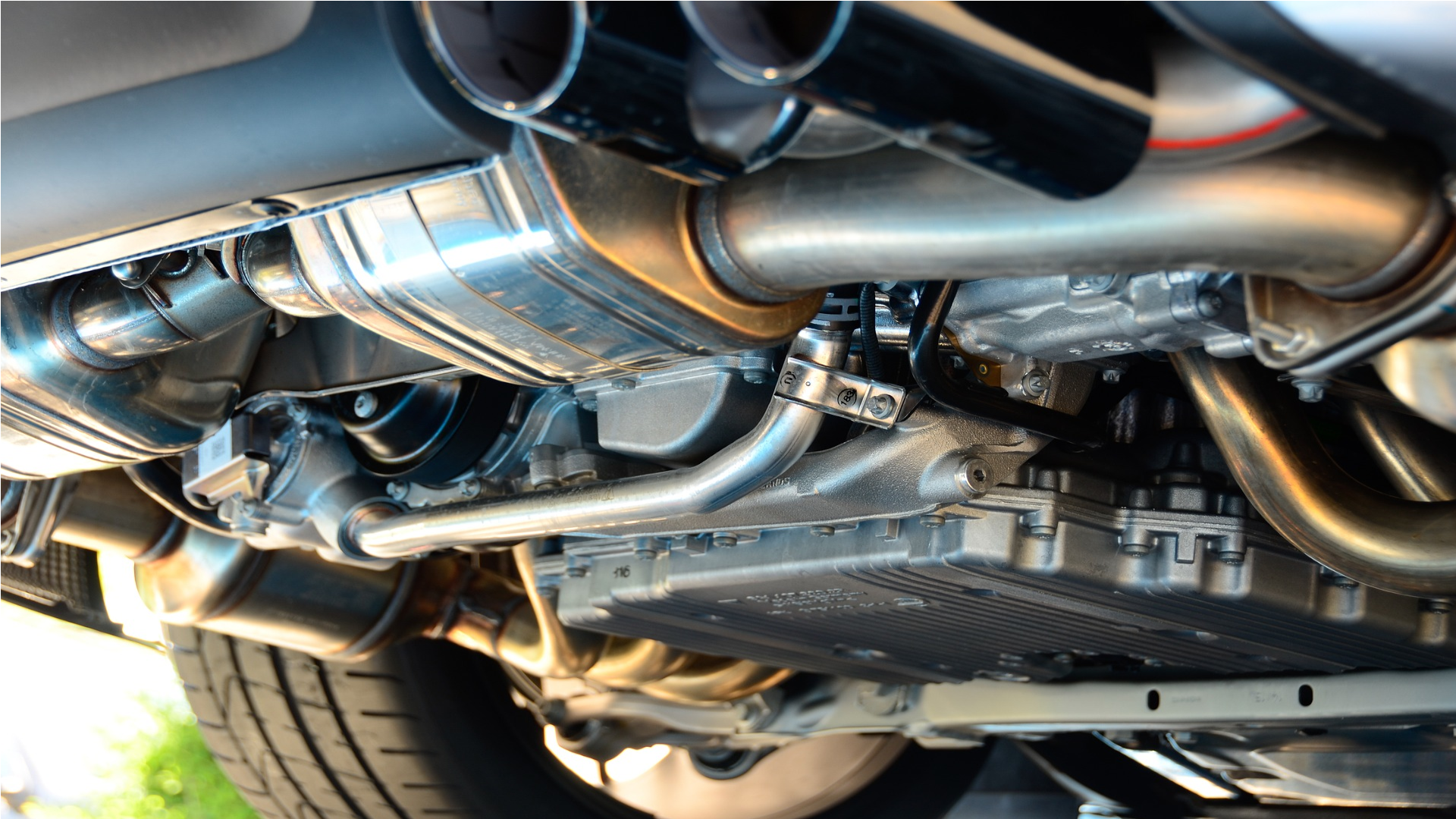In the previous article, we described what diagnostic trouble codes (DTCs) are. You could read there also how they work, and how to use them to diagnose the exhaust system. Here we will present the most common examples of DPF error codes related to sensor faults. In the second part, you can read the error codes related to other failures.
Error codes can be divided into “soft” and “hard”. Soft codes react to the current state of the car and if it changes, they automatically disappear. Hard codes indicate a problem until they are repaired and manually canceled using a scanner.
P0470 – Flue gas pressure sensor fault / P0471 – Flue gas pressure sensor range / performance fault
When the pressure in the intake manifold does not match the value transmitted by the exhaust pressure sensor, error P0470 or P0471 is shown. The value can also be compared to the air pressure around when the key is in the ignition.
The reason can be related to the electrical circuit or the breakdown of the exhaust pressure sensor itself. In very rare cases, the powertrain control module (PCM) may fail.
Much more often the causes are mechanical. The pipe between the exhaust manifold and the pressure sensor has been clogged or has leaked from the exhaust gas recirculation (ERG) system, e.g. with a leaking valve. Also, the air inlet or charge air inlet could leak.
Ignoring the cause of the error code may in turn result in clogging the DPF filter and the P242F code.
P2002 – DPF Performance Below Threshold (Bank 1) / P2003 – DPF Performance Below Threshold (Bank 2)
There are pressure sensors on both ends of the DPF filter. Deviations from the norm will be marked with error P2002 or P2003. They indicate that the filter is clogged and are also signaled on the dashboard. They are one of the soft codes. After successful self-regeneration of the filter and pressure return to normal, they disappear.
The cause is usually a clogged or damaged filter. Fuel with a high sulfur content or non-C or LowAsh engine oil increases the amount of carbon deposits, sediments and ashes, and thus clogs the filter and hinders its self-regeneration. Another reason for displaying the code is an air leak that changes pressure and sensor readings. Most often these codes appear when the car is not able to self-regenerate through urban driving style and driving short distances.
Ignoring the code may result in completely clogging the DPF and reducing the exhaust system performance.

Flue gas temperature sensor circuits 1st order sensor 2 (P2031, P2032, P2033) and 2nd order sensor 2 (P2034, P2035, P2036)
The exhaust gas temperature sensor (EGT) is fitted on most cars. Its task is to monitor and regulate exhaust gas temperature. Thanks to this, the DPF does not get too hot air (it could damage it) or too cold (it would prevent automatic regeneration).
The sensor can cause an error due to its own defect or mechanical damage to the parts of the exhaust system in its vicinity – loose connectors, terminals, their corrosion, cable damage or lack of insulation. No reaction from the mechanic side on these errors can be costly. DPF clogs without self- regeneration or damages when overheated.
P2452 – DPF a Pressure Sensor Circuit A / P2453 – Range / Performance of the DPF Pressure Sensor Circuit Range
On some cars, the pressure sensor is installed in the engine compartment, not the DPF. Hence, the measurement is made at a distance from the filter. The device itself is referred to as sensor A. Similar to the traditional construction of the exhaust system, pressure deviations from the manufacturer’s standards are signaled by an error code and lighting of the control lamp.
Some of the reasons for these codes are also similar – damage to the sensor or electrical circuit, clogged sensor cables, inefficient self-regeneration or filter clogging. A different location also gives some other ideas for diagnosis. The exhaust fluid tank is empty or flooded with bad fluid. When replacing the filter, the code may indicate the incorrect connection of a new element.
P2454 – DPF A pressure sensor circuit low / P2455 – DPF A pressure sensor circuit high
The pressure sensor A may be damaged while the DPF is operating normally. Then it will show too low result. Usually, the failure is related to a broken cable or broken electrical circuit, e.g. a short circuit or an interruption. However, you must also take into account the possibility of exhaust gas leakage.
However, be careful with code P2455 as it may damage the exhaust system or engine. Too high pressure readings can have the same causes as for code P2454. But, in addition, you must take into account the possibility of:
- damage to the DPF,
- lack of self-regeneration,
- empty exhaust fluid tank
- or its wrong mixture.
See also the third part of article with codes P242F, P2463, P244A and B, P2458, P2459.
